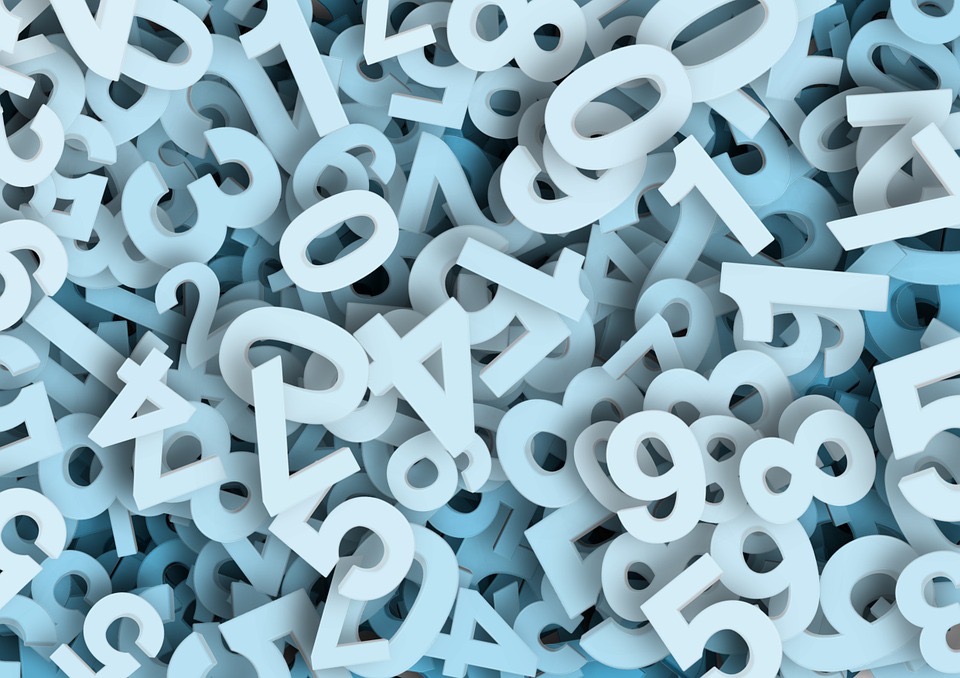Using Numbers in Technical Documents
Published on March 16, 2016
 For engineers, like physicists, numbers are as important as words in reporting on their work, and carry much of the meaning behind their technical documents. However, how we write these numbers – and how we integrate them with text – may determine a reader’s understanding of that report. For example, take this passage:
For engineers, like physicists, numbers are as important as words in reporting on their work, and carry much of the meaning behind their technical documents. However, how we write these numbers – and how we integrate them with text – may determine a reader’s understanding of that report. For example, take this passage:
“An appropriate sample would have to involve at least fifteen- thousand trial runs, at two-hundred minutes a run.”
Here, a reader could interpret the numbers in a multitude of ways:
- Between 15 to 1000 trial runs, that are between 2 to100 minutes long;
- A collection of fifteen 1000-trial runs, that involve pairs of hundred minute runs
- Or 15000 trial runs, at 200 minutes per run
Fortunately, as Celia Elliott has pointed out, conventions have evolved that allow us to express numbers unambiguously, so that readers interpret them as we intend. Remembering all the rules for numbers can be challenging, however, particularly when numbers constitute so much of the meaning in the work we do. Celia Elliott’s guide on “Writing Numbers in Technical Documents” is an invaluable resource that helps us to keep track of all of these rules, with clear examples of appropriate usage.
You might already know, for example, this rule:
Numbers <10 are usually written as words; whereas numbers >9 are written in numerals
Cardinal numbers one to nine are spelled out, as are ordinal numbers from first to ninth
- Seven components make up the water management system
- The third stage in the process requires much stricter controls
Cardinal numbers above nine are written in numerals, as are ordinal numbers above the ninth
- Filtration can take up to 15 minutes for every 6 litres of fluid
- The 20th century has shown a marked increase in temperature
But wait…
Why did I write “15 minutes for every 6 litres of fluid” above? Shouldn’t 6 be six? That’s a good point, but another important rule is that if you have two numbers in a sentence, one <10 and one >9, write both in words or both in numerals. In other words, be consistent in style within a sentence.
But in that case, why did we write 6 in numerals rather than 15 in words? Well, there’s yet another rule that applies here:
Numbers that have been measured or calculated should always be in numerals, even if they’re <10
6 litres
830 MHz
6 mg
77 K
4 cm x 4 cm
 You’ll notice a space is usually a inserted between a number and the unit of measure, but do you know that there are exceptions to that rule? Can you think of what these are?*
You’ll notice a space is usually a inserted between a number and the unit of measure, but do you know that there are exceptions to that rule? Can you think of what these are?*
Fortunately, Celia Elliott’s guide has the answer to these conundrums and lays out a thorough and complete set of both rules and exceptions to the appropriate use of numbers in technical documents. In addition to providing answers to those questions, it shows how to deal with issues such as:
- Approximate numbers
- Mathematical operations
- Fractional numbers
- Capitalization of numbers
- Ratios
- Adjacent numbers
* Think temperatures and portions of things …
 Celia Mathews Elliott has worked as a technical writer and administrator at the University of Illinois since 1993. Although her primary responsibilities involve departmental administration and working with faculty to develop research proposals for federal funding agencies, she has taught undergraduate courses in scientific and technical communications for physics majors since 2000. Recently, she co-developed and team-teaches a graduate-level technical writing course in the Department of Physics. You can read more about her at her site.
Celia Mathews Elliott has worked as a technical writer and administrator at the University of Illinois since 1993. Although her primary responsibilities involve departmental administration and working with faculty to develop research proposals for federal funding agencies, she has taught undergraduate courses in scientific and technical communications for physics majors since 2000. Recently, she co-developed and team-teaches a graduate-level technical writing course in the Department of Physics. You can read more about her at her site.

